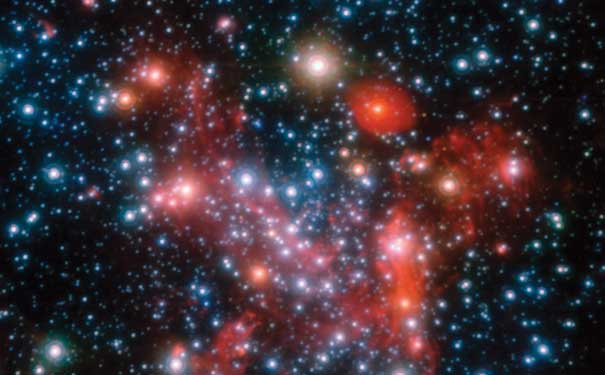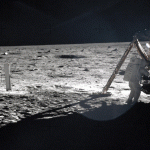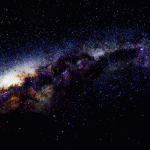
Image: ESA
At the very heart of our galaxy lies a black hole with a mass of 4 million suns. But stay calm ““ it is 26,000 light years away and has negligible influence at that distance.
However, it’s a different story for anything within 30 light years of the black hole. A ring of gas 50 light years across swirls around the hole at 100 kilometres per second (not per hour!). Closer in, stars orbit the black hole at distances of light months to light years. Their speeds are so high that a complete orbit takes only a few decades, and astronomers have been able to follow the motion of about two dozen stars, precisely pinning down the mass of the black hole and its location.
A concerted international effort by astronomers using an array of telescopes and satellites has detected flickering radio emission and simultaneous infrared and x-ray flares from the black hole. From these measurements, we have learnt that gas expelled by stars in the region is captured and superheated to 100 billion degrees as it spirals towards the event horizon.
There is now active development of instruments and techniques to model and image the gas close to the event horizon. The dual aim is to better understand our black hole’s more distant and massive quasar cousins, and to show that spacetime near the black hole is deformed as predicted by Einstein’s theory of General Relativity. That should be achievable within a few years.
By Professor Mark Wardle, Department of Physics & Astronomy, Macquarie University, www.physics.mq.edu.au






